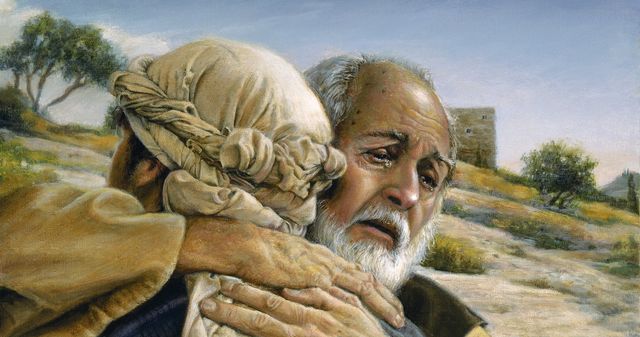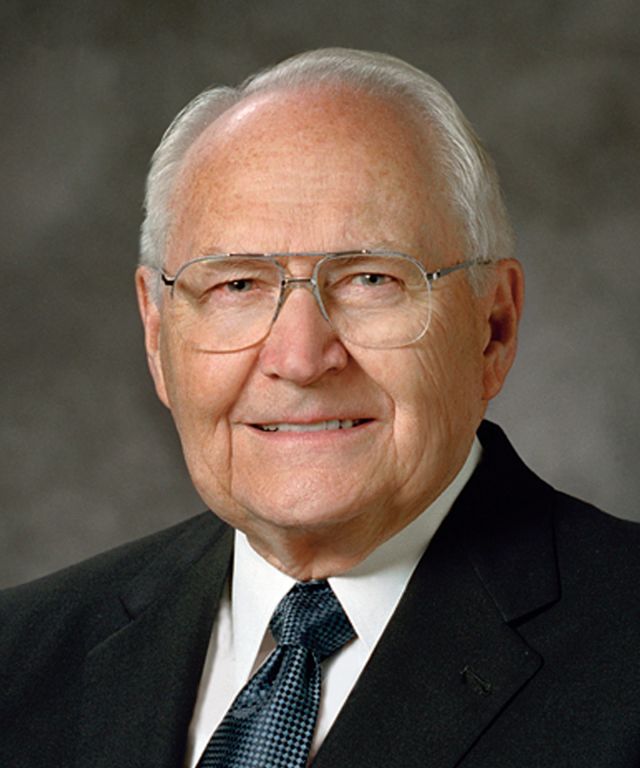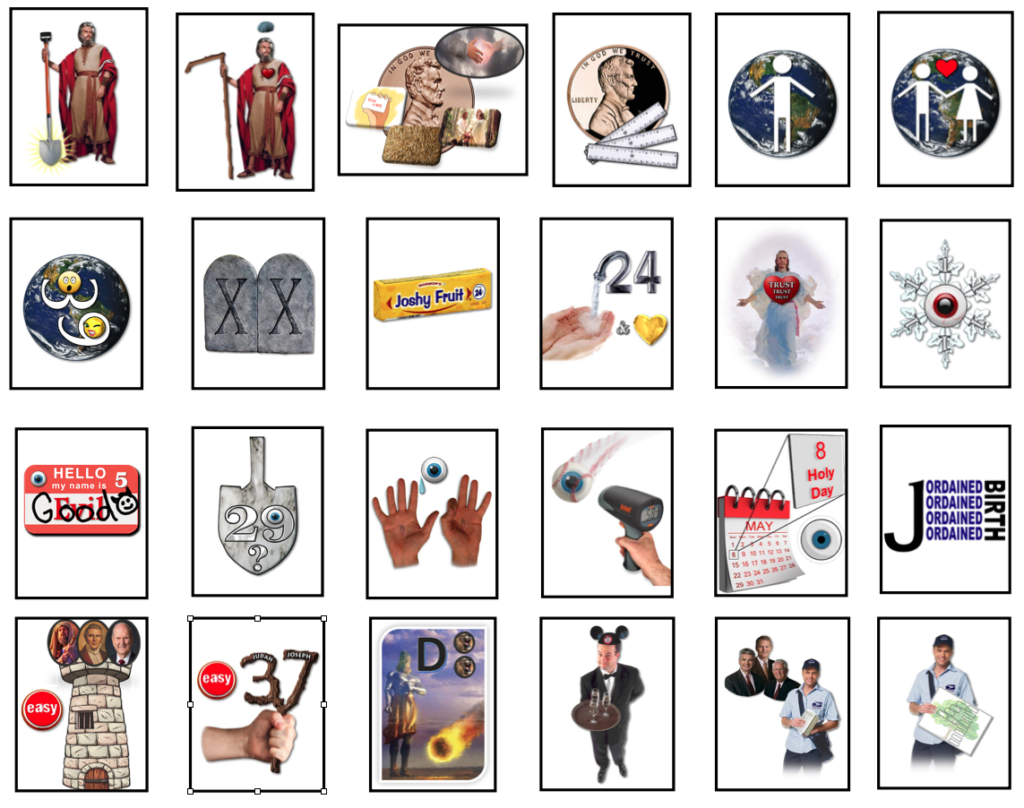President Russell M. Nelson
The adversary never stops attacking. So, we can never stop preparing! The more self-reliant we are—temporally, emotionally, and spiritually—the more prepared we are to thwart Satan’s relentless assaults. …
I am not saying that the days ahead will be easy, but I promise you that the future will be glorious for those who are prepared and who continue to prepare to be instruments in the Lord’s hands. (Russell M. Nelson, “Embrace the Future with Faith,” Ensign or Liahona, Nov. 2020, 75–76)
We have been promised that “if [we] are prepared [we] shall not fear” [Doctrine and Covenants 38:30]. This assurance has profound implications today. The Lord has declared that despite today’s unprecedented challenges, those who build their foundations upon Jesus Christ, and have learned how to draw upon His power, need not succumb to the unique anxieties of this era. (Russell M. Nelson, “The Temple and Your Spiritual Foundation,” Liahona, Nov. 2021, 94)
President Dallin H. Oaks
We need to make both temporal and spiritual preparation for the events prophesied at the time of the Second Coming. And the preparation most likely to be neglected is the one less visible and more difficult—the spiritual. (Dallin H. Oaks, “Preparation for the Second Coming,” Ensign or Liahona, May 2004, 9)
Elder Quentin L. Cook
The storms and temptations of this life are often unpredictable. But this we know: they will come! In order to overcome the challenges and temptations that each of us inevitably faces, it will require righteous preparation and the use of divinely provided protections. We must determine to be temple worthy regardless of what befalls us. If we are prepared, we shall not fear. (Quentin L. Cook, “Shipshape and Bristol Fashion: Be Temple Worthy—in Good Times and Bad Times,” Ensign or Liahona, Nov. 2015, 39)








